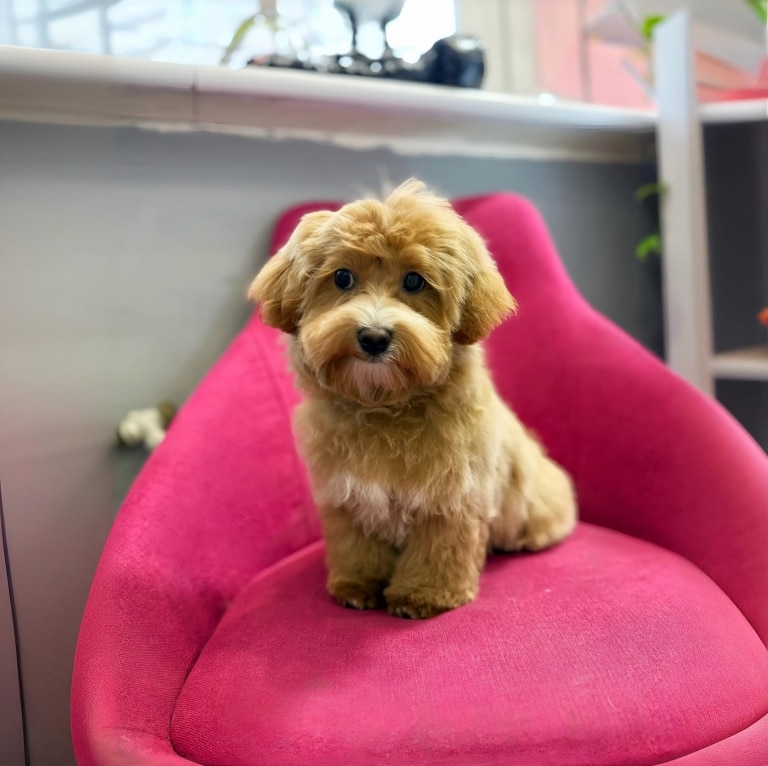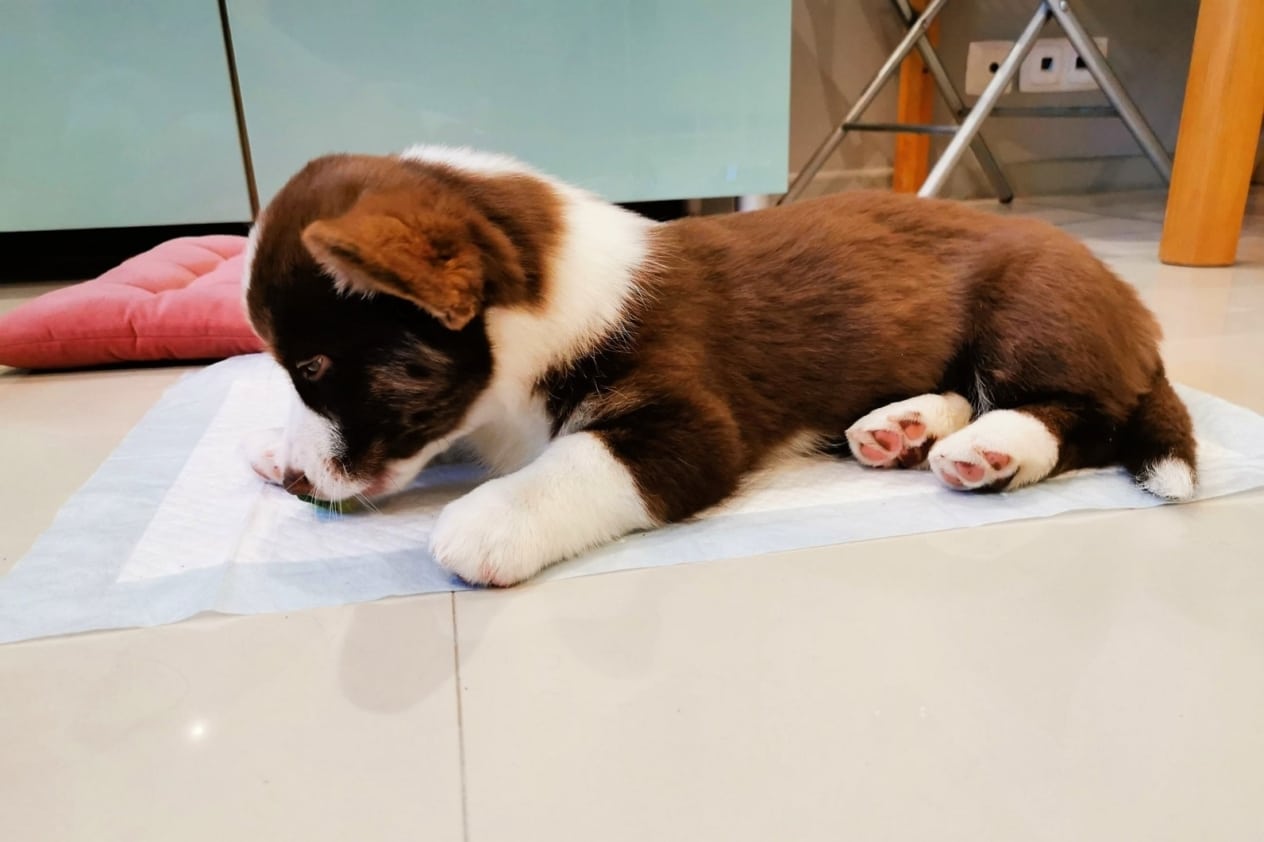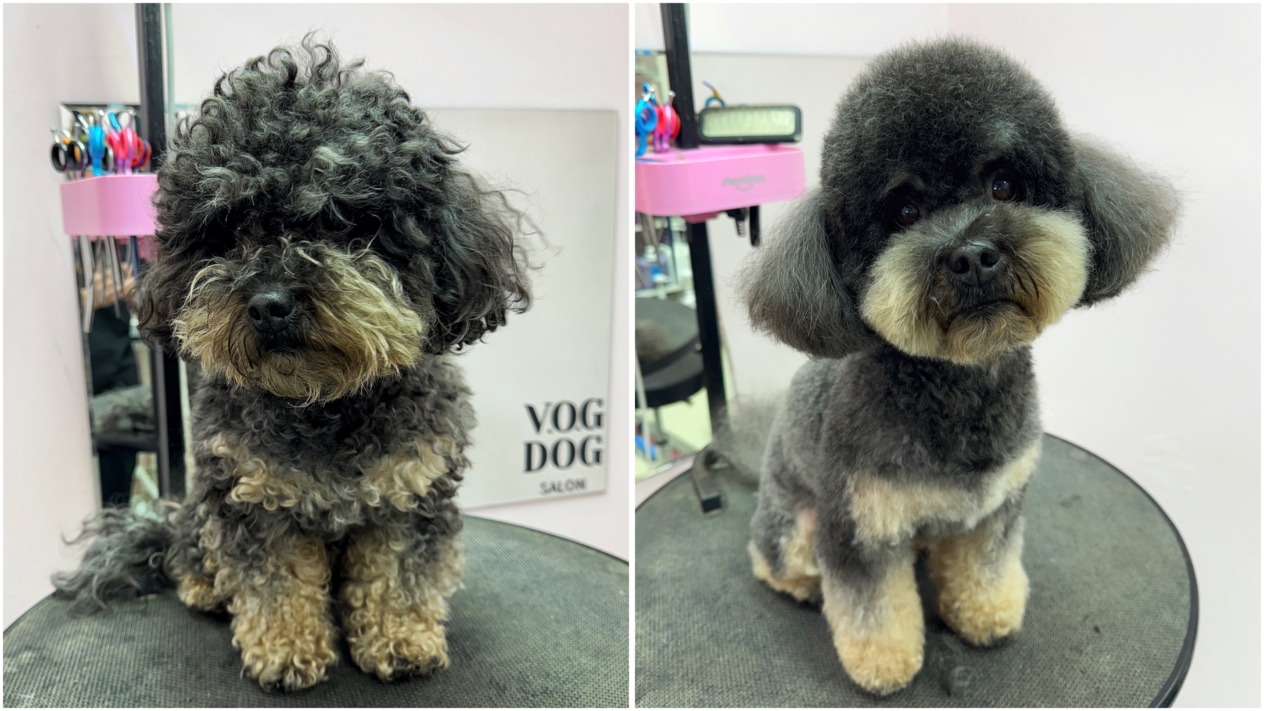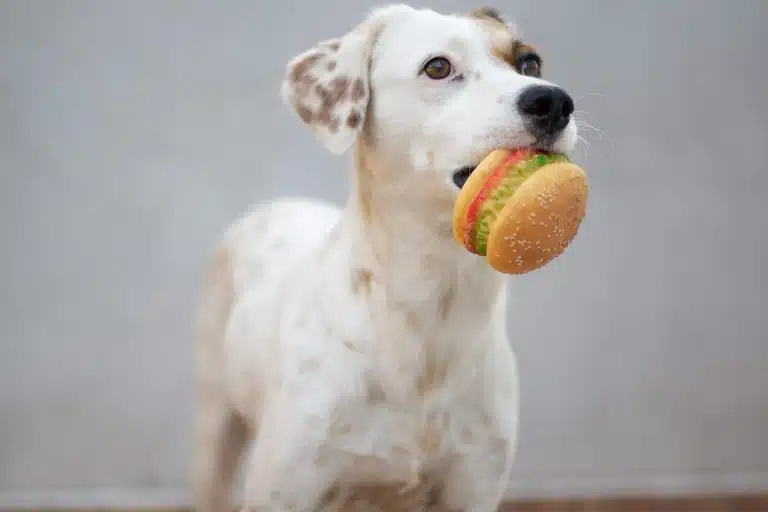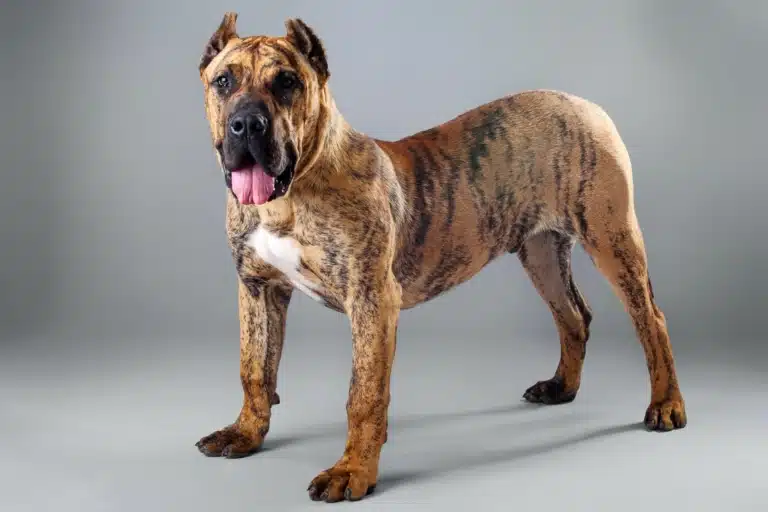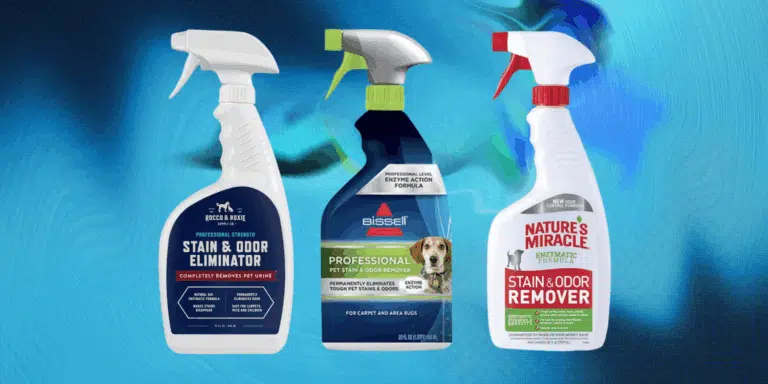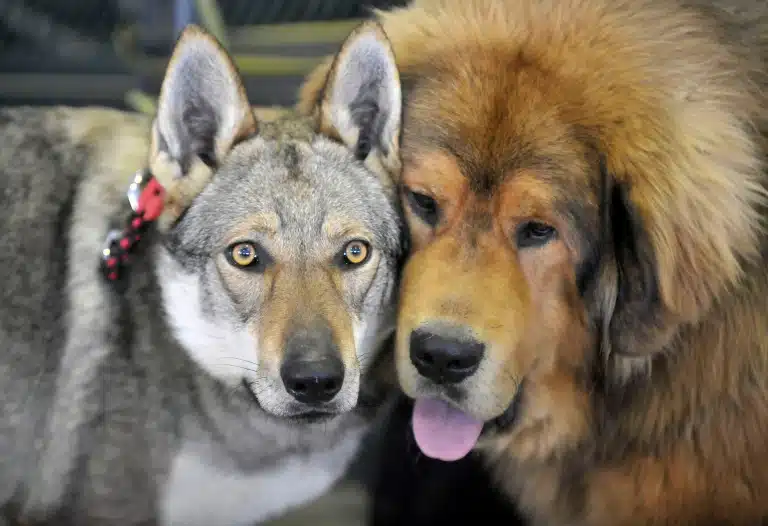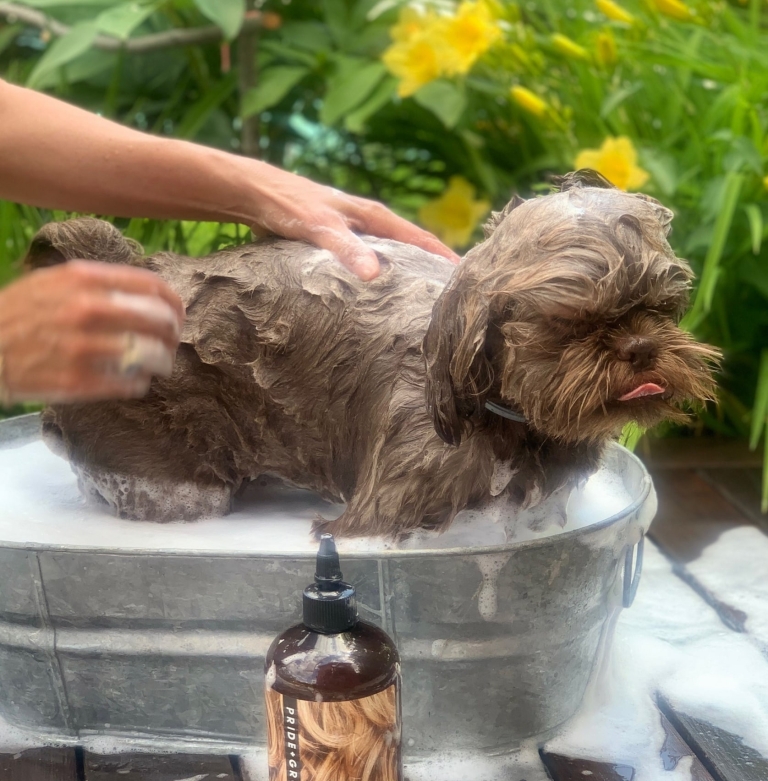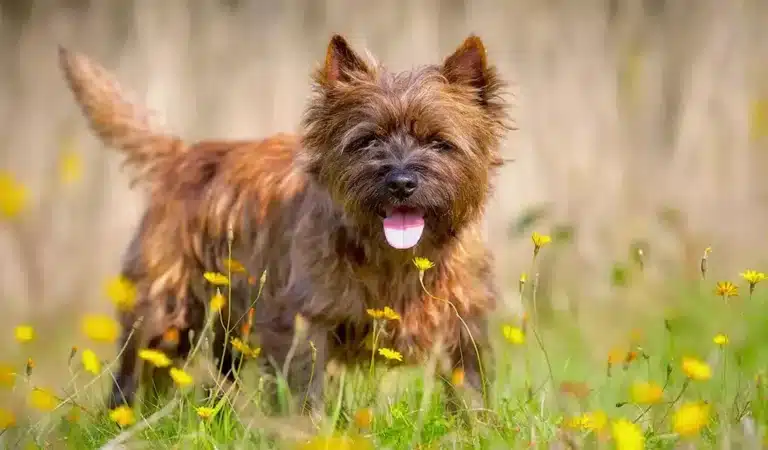Congratulations! If you’re reading this article, it means that a little furry friend has already joined your life or is about to. This is a wonderful event, but with joy comes responsibility. That’s why we’re here to share everything you need to know about choosing and caring for a puppy.
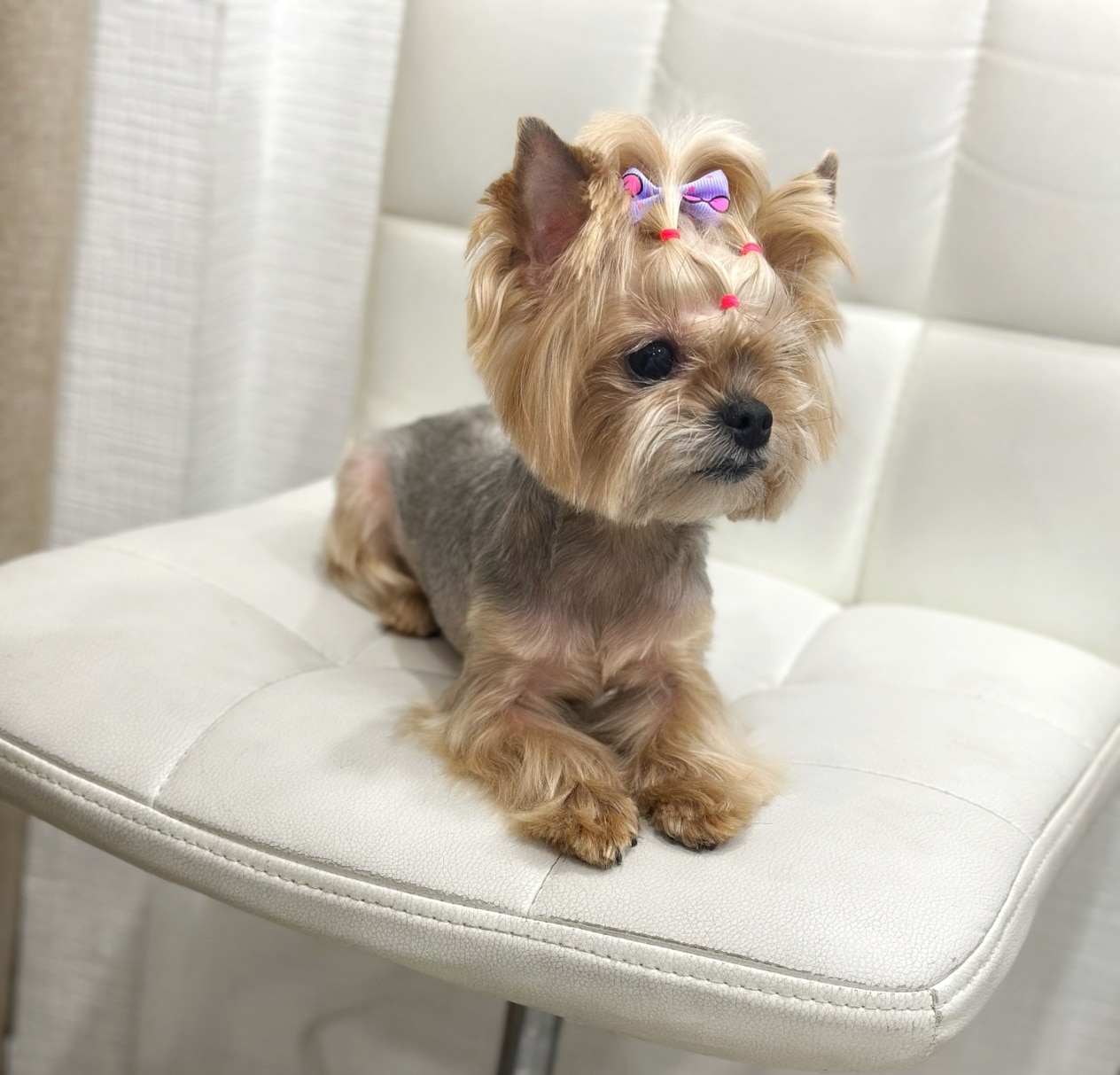
How to Choose a Puppy?
Choosing a dog is one of the most important decisions in a pet owner’s life. This choice will affect your life for many years, so you should honestly ask yourself: “Why do I want a dog?” For example, a Husky is not suitable for someone who works all day, and a Labrador is unlikely to be a good guard dog.
Another important decision is whether to choose a purebred or a mixed-breed dog. Shelter dogs are often mixed breeds, which has both advantages and disadvantages: they tend to have fewer health issues, adapt better to different environments, and have unique appearances, but their size and temperament can be unpredictable. If you choose a purebred dog, be prepared for a higher price and potential genetic health conditions. However, you will get a predictable temperament, appearance, pedigree, and detailed breed-specific information.
The puppy’s gender also matters, as males and females have different characteristics. Males are more energetic, independent, and tend to mark their territory. Females are often more affectionate, easier to train, and bond more strongly with their owners, but if not spayed, they will go into heat twice a year.
Once you’ve decided on your ideal puppy, the next big question is: “Where to get one?” There are three main options available today.
From a breeder. This is the most reliable but expensive option. A reputable breeder provides pedigree papers, ensures the dog’s health, and can answer all your questions.
From a shelter or rescue group. With so many homeless dogs needing families, this is a great way to give one a second chance. Some shelter dogs may have past trauma or health issues, requiring extra patience and care, but the love and gratitude they give in return make it all worthwhile.
The worst option – pet markets and suspicious online ads. By buying from these sources, you may unknowingly support unethical breeders and cruel breeding practices. These puppies often come without documents or health guarantees, leaving you to deal with potential problems alone.
It’s always best to choose a reputable breeder or shelter. Ask for vaccination records and pedigree information, and carefully assess the puppy’s appearance and behavior. If they are playful, friendly, not fearful of people, and have clean ears, eyes, and fur – you’ve found a great new family member!
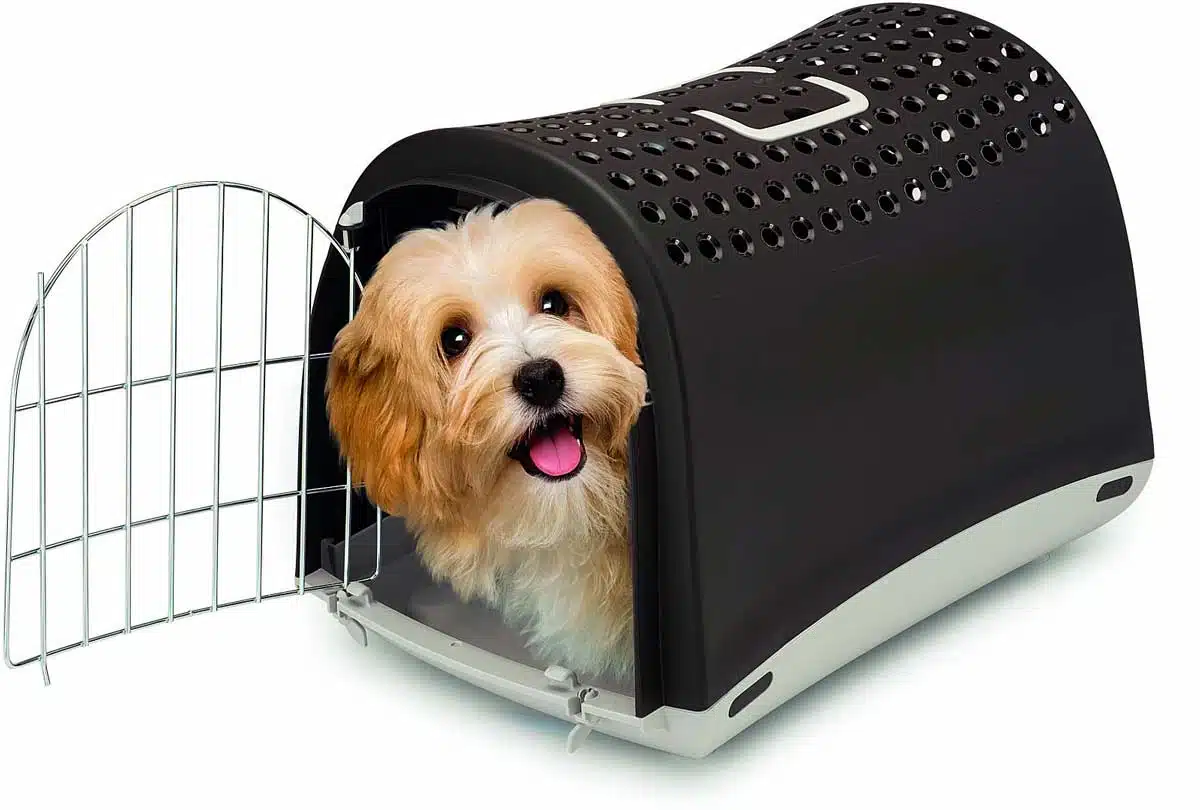
Crate Training Your Puppy
A carrier will be essential for vet visits, travel, and transportation, so you need to ensure your puppy feels comfortable and safe in it. The process is simple but may take some time, so let’s get started!
First, choose the right carrier. It should be spacious enough for your pet to stand, lie down, and turn around comfortably, but not too large. For small breeds like Yorkies, Pomeranians, or Chihuahuas, soft carriers, backpacks, and plastic crates work well. For medium and large breeds, rigid plastic carriers with good ventilation are ideal.
When you bring the carrier home, your puppy may be wary of it at first. Your goal is to help them get familiar with it and see it as a positive space.
Start by placing the carrier in a room where your puppy spends a lot of time. Leave the door open so they can explore it freely. Put a favorite blanket, treats, or a toy inside to attract attention. Gradually, begin feeding your puppy near the carrier and eventually inside it. Always reward them when they sit inside calmly, but at this stage, do not close the door. The main goal is to get your puppy to enter voluntarily.
Only once they are comfortable should you try closing the door for a few seconds. Gradually increase the time to 10, 30 seconds, then a minute. Observe their behavior—if they remain calm, praise them and offer a treat. If they start whining, resist the urge to let them out immediately. Puppies quickly learn that whining gets them what they want, so it’s better to wait a few seconds until they settle down before opening the door.
Leaving your puppy inside the carrier while you’re nearby should only happen once they are completely comfortable. Then, start briefly leaving the room and slowly increase the time they spend inside. Teaching the “Place” command can also be helpful so they understand their job is to stay inside.
Once your puppy is comfortable, try carrying the carrier around. Start with short walks around the house and reward calm behavior. If your puppy remains relaxed, move on to taking them outside for a short walk and eventually a car ride. Always use positive reinforcement and engage in active play before or after training to make the experience enjoyable.
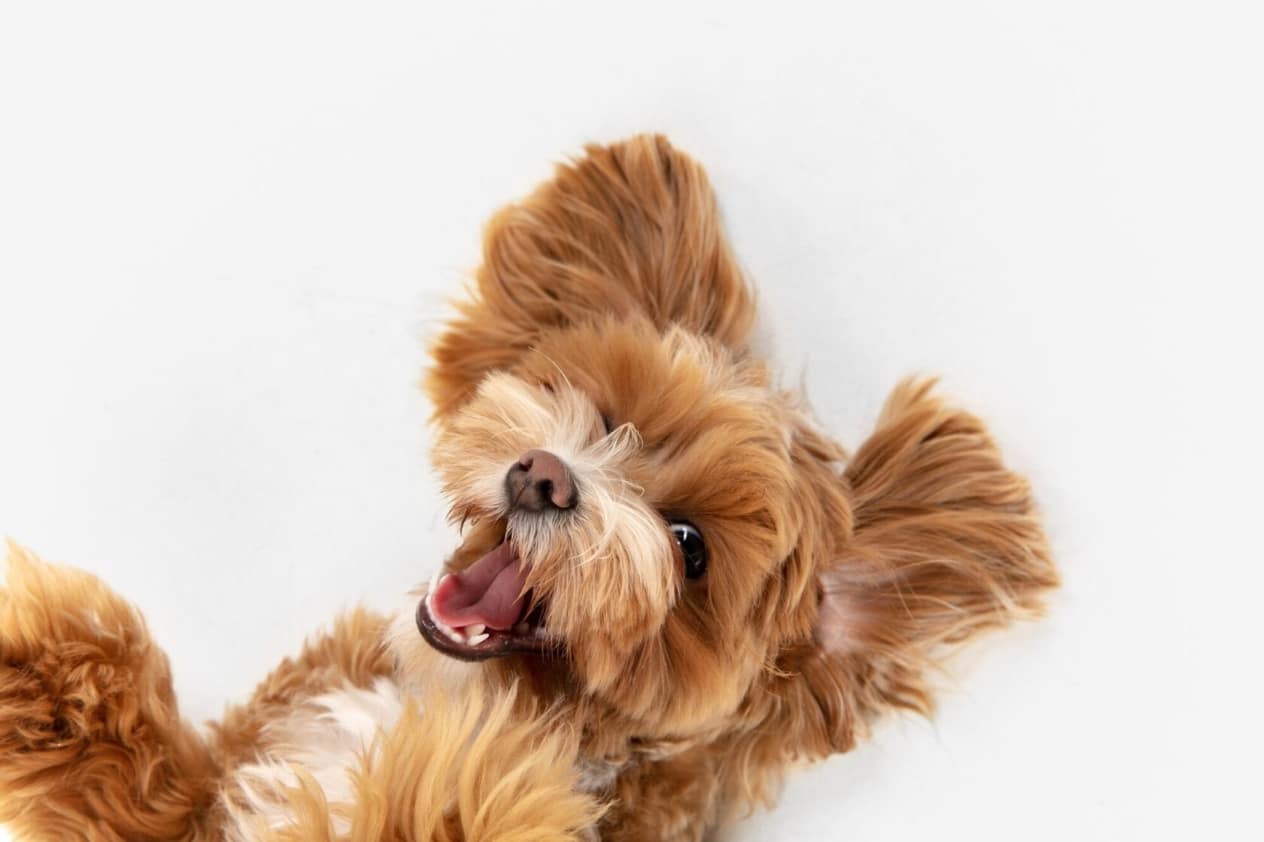
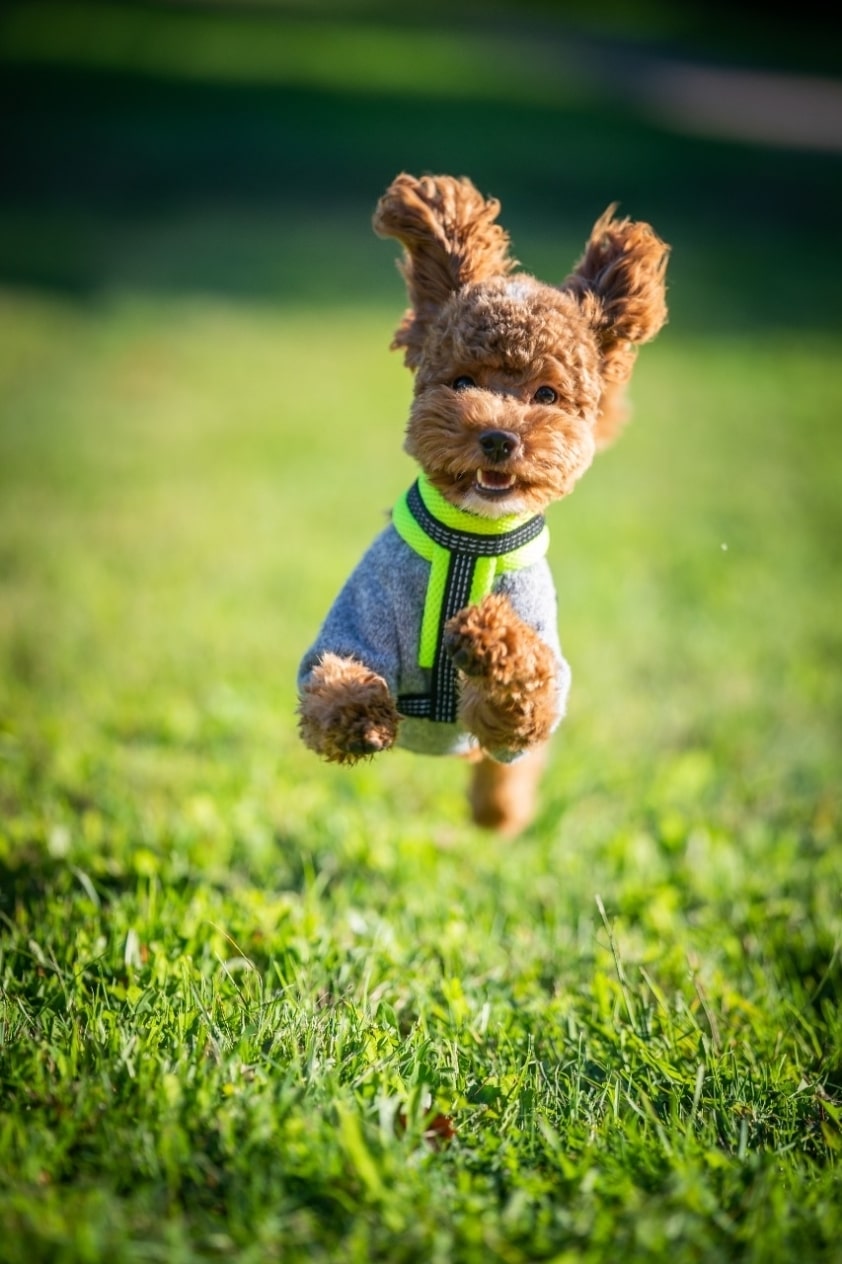
Leash Training Your Puppy
Training your puppy to walk on a leash should start as early as possible, as it ensures their safety during walks. The ideal age to introduce a leash is 8–10 weeks. At this stage, puppies are actively exploring their surroundings and can quickly accept the leash as something natural.
Before starting, it’s important to choose the right collar/harness and leash. A collar is suitable for most breeds, especially those with short fur. However, if you have a small breed or a dog with a delicate neck, a harness is a better option. A harness is also useful for active dogs that tend to pull. Leashes come in different lengths, but for training purposes, a standard two-meter leash is ideal. Retractable leashes provide more freedom but are not recommended for early training.
Once you have the necessary equipment, your first goal is to help your puppy feel comfortable with it. Let them sniff the collar or harness. Gently place it on them without fastening it, then remove it immediately. Repeat this process while rewarding your puppy with praise and treats. Gradually increase the time they wear it until they no longer notice it. If your puppy tries to remove the collar or harness, distract them with play or food.
Once your puppy is comfortable wearing a harness or collar, they need to learn to walk with a leash. First, let them move freely indoors with the leash attached. If they try to chew on it, firmly say “No” and redirect their attention with a toy. Then, start holding the leash and calmly walk around the house with them.
The next big step is the first outdoor walk. The outside world is full of new smells, sounds, people, and animals, which can be overwhelming. Choose a quiet place with minimal distractions for their first walk and allow them to explore. Be patient, use a reassuring voice, and reward them with treats.
Once your puppy gets comfortable outside, start teaching them to walk with you. Stand next to them and gently pull the leash to encourage them to move in your direction. If they follow, praise them. If they stop or sit down, don’t pull them—kneel down and use a treat to get their attention. A short 5–10 minute walk is enough for the first few sessions.
At times, your puppy might pull on the leash, turning the walk into a tug-of-war. To correct this, simply stop walking and wait until they relax the tension. As soon as they stop pulling, continue moving forward. Be consistent with this approach so your puppy understands the cause-and-effect relationship.
Once your puppy gets used to their leash and enjoys walking in their gear, every outing will be enjoyable for both of you. So grab some treats, keep a positive attitude, and make the most of your time together!
Potty Training Your Puppy
Every pet owner eventually faces the challenge of teaching their puppy to use the toilet in the right place. This process should begin as soon as your dog arrives home, as young puppies are unable to control their bladder and may leave puddles all around the house without proper training.
Potty training takes time, ranging from two weeks to two months, depending on the breed, age, temperament, and size of the puppy. For example, small breeds, due to their faster metabolism, often require more time to establish proper habits compared to larger breeds.
The training process starts with selecting a quiet, designated spot for the toilet. Ideally, it should be far from the puppy’s bed and food bowls and should remain unchanged until your dog starts going outside. Once you’ve chosen a location, place a pee pad or a potty tray there. Puppies typically need to relieve themselves every 1.5–2 hours, so take them to the designated spot after waking up, eating, playing, and always before bedtime. However, since puppies may need to go at other times too, keep an eye on their behavior—if they start sniffing the floor, circling, or squatting, quickly move them to the pad or potty tray.
If you miss the moment or are not around when the puppy relieves itself, do not scold or rub their nose in the mess. They won’t understand why you’re yelling and may develop fear towards you. Instead, simply clean the area and use a special odor remover. However, if you catch your puppy in the act, firmly say “No” and immediately place them on the pad or in the potty tray.
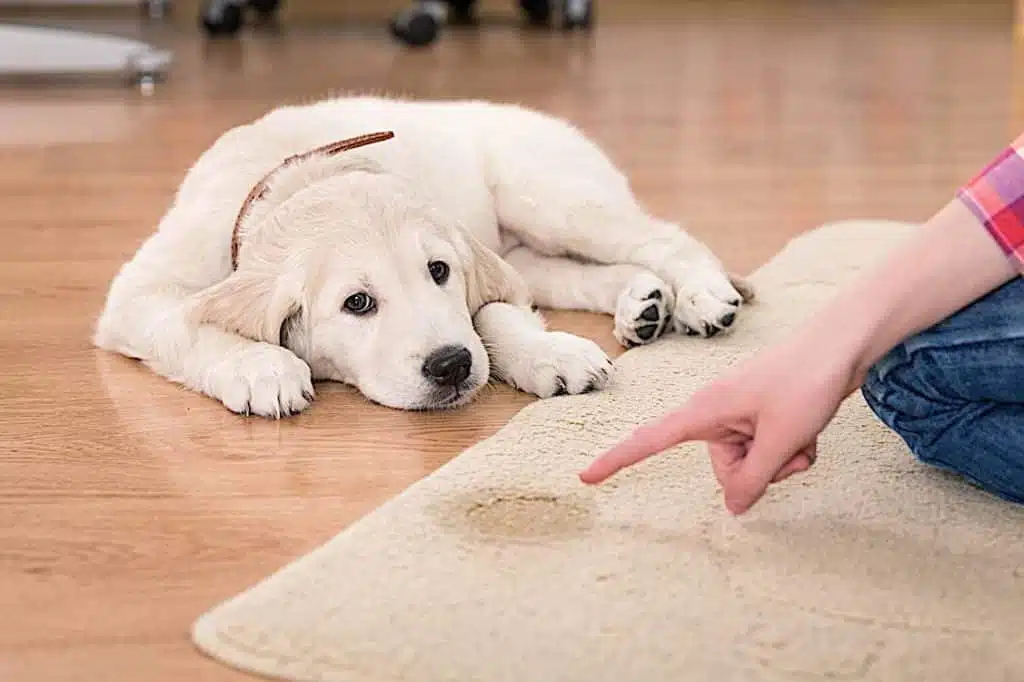
Basic Commands
Many pet owners believe that dogs should only start learning basic commands at six months old. However, it’s better to start earlier—ideally, as soon as your puppy joins the family. At this stage, puppies are highly curious, absorb information quickly, and haven’t yet developed fixed habits. The key is to make training engaging and not overwhelm your dog with long sessions. Just 10–15 minutes of daily practice is enough to achieve great results.
To ensure a safe and comfortable life with your puppy, it’s recommended to teach essential commands such as “Place,” “Sit,” “Lie Down,” “Come,” “Heel,” and “No” or “Leave it.” Always maintain consistency in your actions—don’t allow your dog to jump on the couch one day if you’ll scold them for it the next. To avoid confusion, agree with your family members on which words to use and which behaviors will be off-limits. Also, remember that commands should never be used as punishment. If a dog refuses to obey, it might simply ignore your words. Instead, be patient and repeat the command as many times as needed for your puppy to learn it.
During training, use treats and toys as rewards, show excitement when your puppy follows a command correctly, and ensure they get active playtime before or after training to relieve stress. Once your dog masters commands at home, practice them outdoors with distractions. This way, you combine training with fun while reinforcing positive associations.
Training Your Puppy for Grooming
To keep your pet looking healthy, clean, and well-groomed, it’s essential to take care of hygiene procedures and perform them regularly. This includes nail trimming, ear cleaning, eye wiping, brushing, bathing, drying, and hygienic trimming.
If you introduce your puppy to grooming from an early age, you can prevent many issues related to fear and aggression during procedures. Once they get used to the touch and have positive experiences, your dog will remain calm during grooming and happily walk into the salon.
We understand that during the first grooming sessions, a puppy may resist, squirm, play, or even nibble. This is completely normal, as everything is new – the tools, sensations, and sounds. The key here is a positive attitude, gentle movements, calm communication, and, of course, treats!
If you’re unsure where to start, worried about doing something wrong, or your puppy is too fussy to cooperate, visit V.O.G DOG SALON. We have a team of skilled professionals, friendly administrators ready to provide expert advice, and a great opportunity to book an adaptive grooming session.
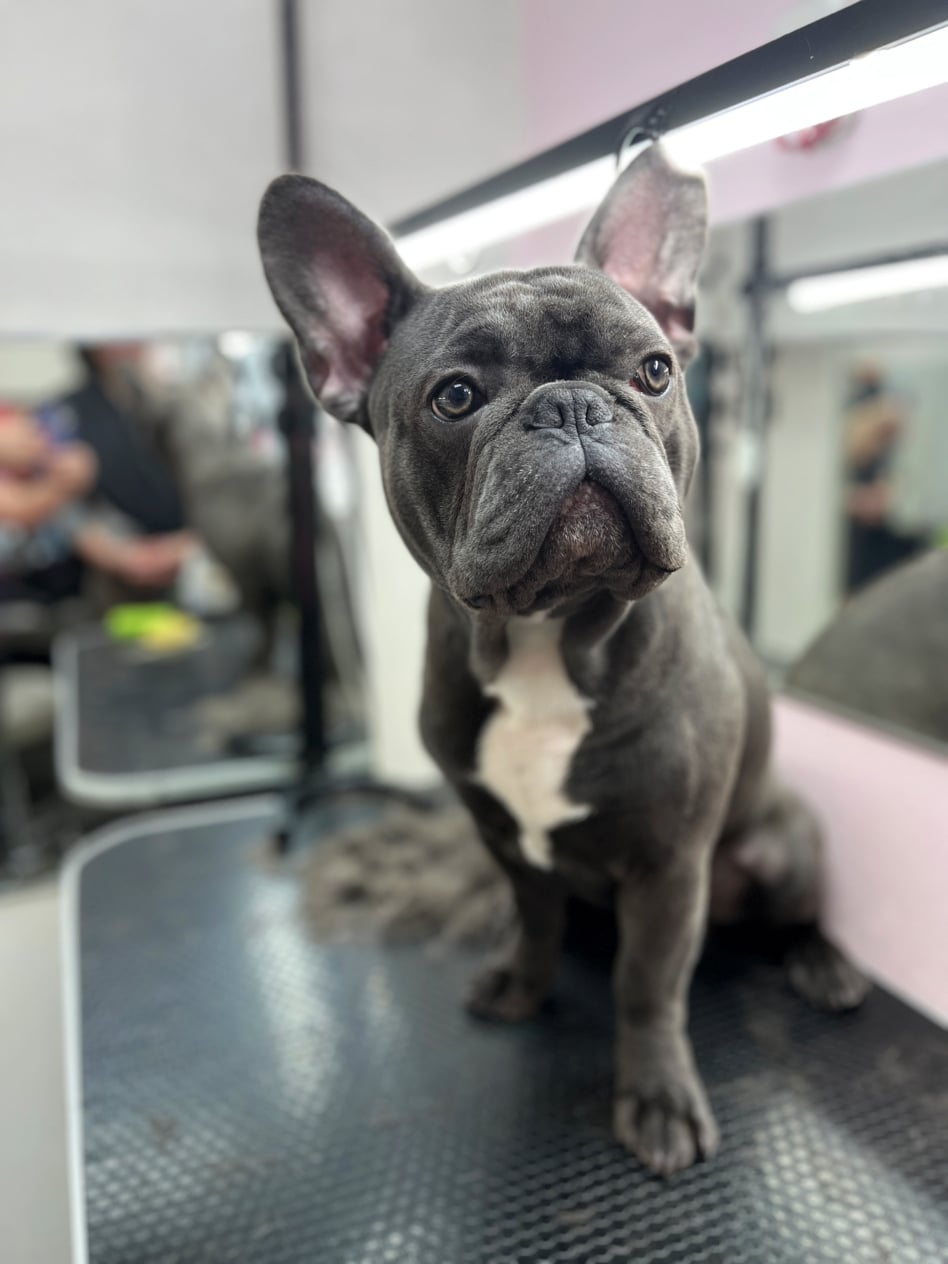
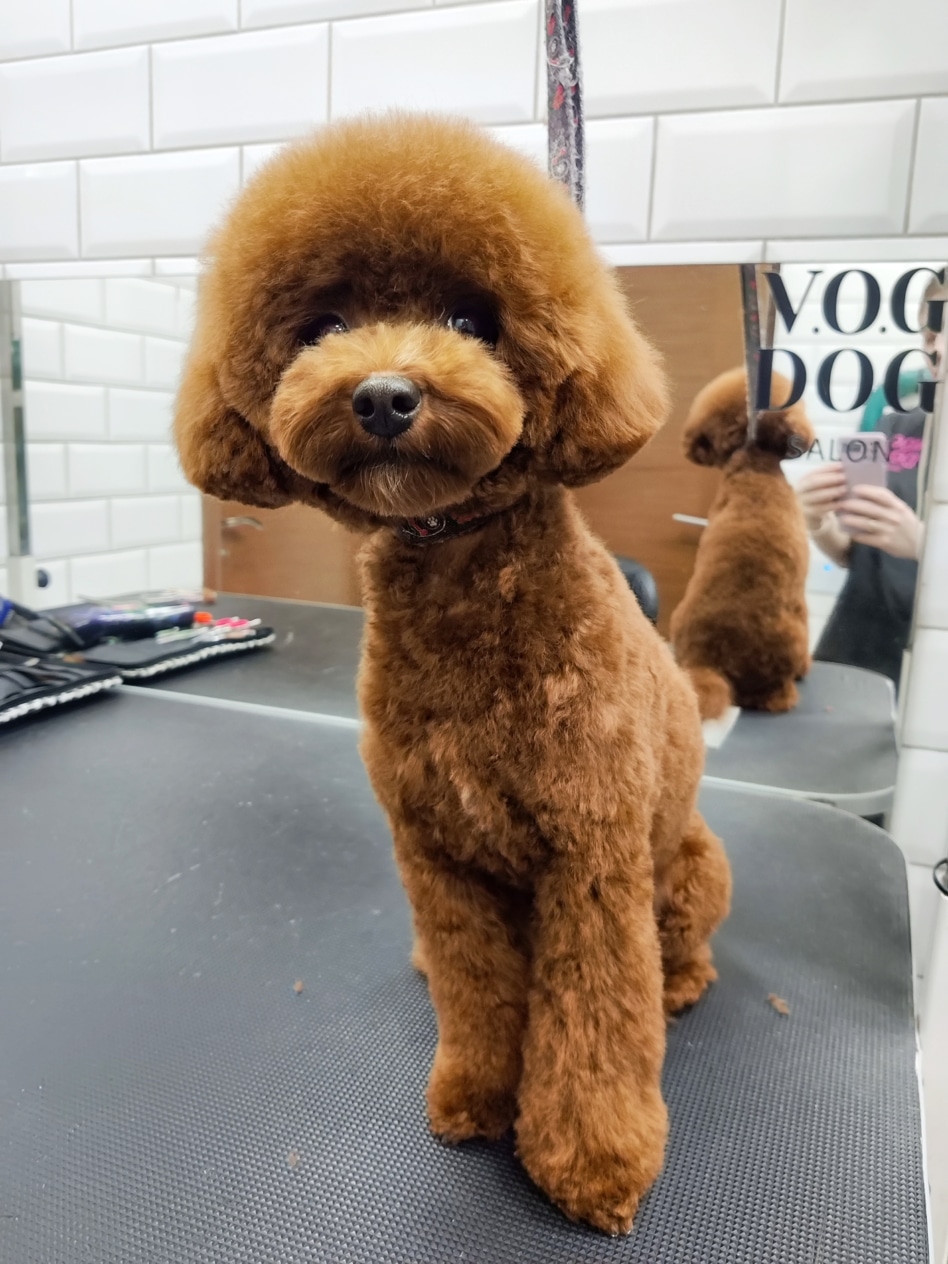
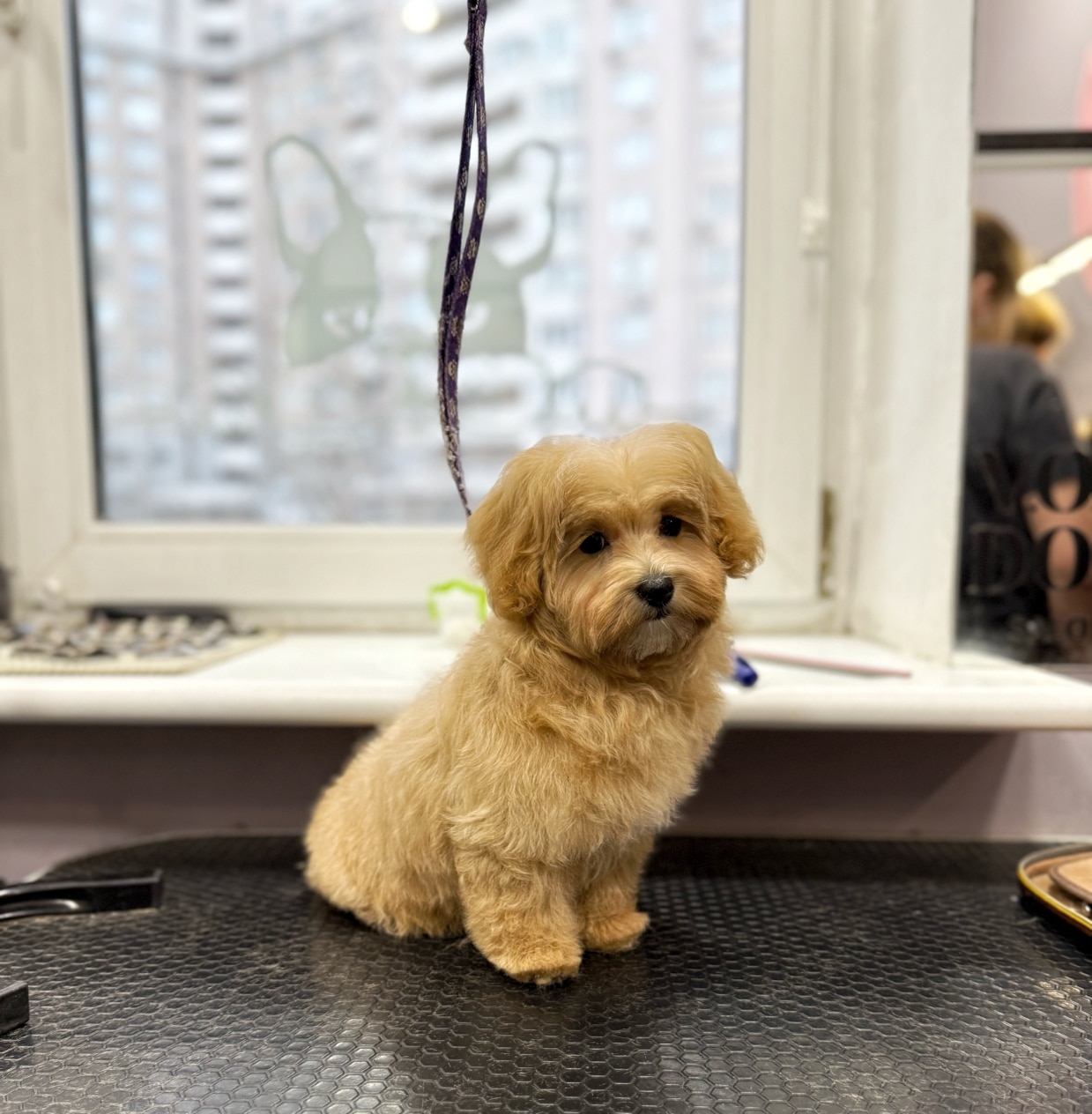
Conclusion
Having a pet is a true adventure that lasts for decades. Puppies grow up, and how they turn out, how they behave, depends on you. So take the time and care to choose your future family member wisely, focus on early training, and learn how to take care of them. This will make both your life and your dog’s life much easier and more peaceful.

